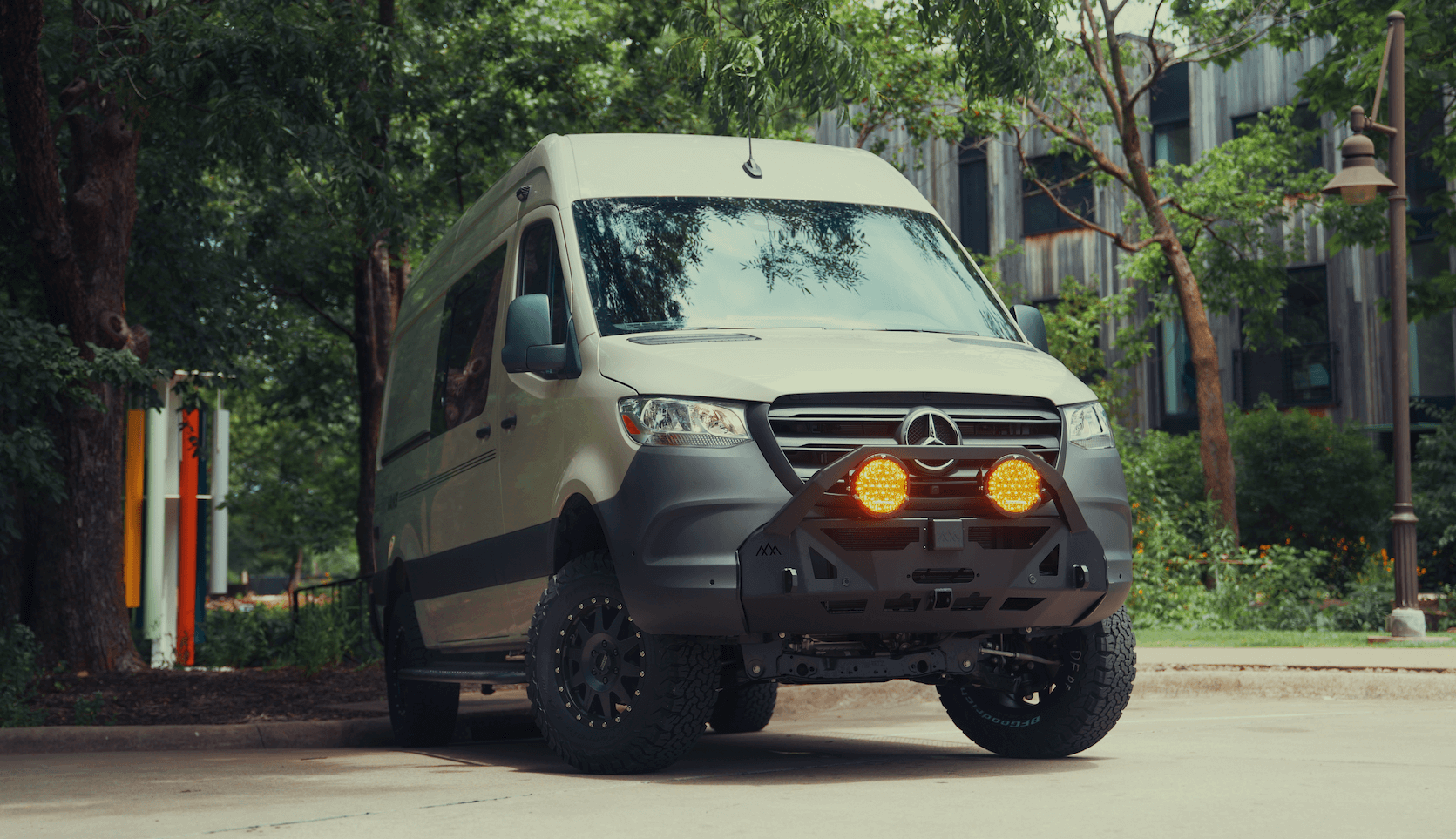Recreational Vans

Think of the alternator as a water pump for electrons. A charging profile is the blueprint that decides how hard the pump pushes, for how long, and when to ease off. The aim is simple on paper and tricky in practice. Restore energy fast without overheating the alternator, boiling a lead acid battery, or upsetting a lithium battery management system. The classic three stages are bulk, absorption, and float, though lithium often skips float entirely.
In bulk, voltage rises toward a set point while current flows as fast as wiring, temperature, and regulation allow. Absorption holds a higher voltage to finish the top of the charge while current tapers. Float provides a lower maintenance voltage for lead acid to counter natural self discharge. The exact numbers depend on chemistry, temperature, and the control method feeding the battery.
Modern vehicles complicate the picture. Smart alternators change voltage in response to engine load, emissions strategy, and regenerative braking. That keeps a chassis battery safe and efficient but can starve a house battery unless you add proper regulation or convert that variable output into a consistent profile.
Key details shape real world results:
Each chemistry prefers a different voltage window and finish strategy:
With lithium, the battery management system can open or close contactors if limits are exceeded. That event can spike voltage on the alternator output if the field is still energized. Good regulation plans for that by soft limiting current, watching temperature, and reacting quickly to load disconnects.
Fixed voltage alternators will happily maintain a steady output near a setpoint, but they lack fine control. That makes them simple to integrate, yet alternator heat and unfettered current draw can become the bottleneck with large lithium banks.
Smart alternators vary output to improve efficiency and emissions. They often allow the chassis battery to ride lower during cruising, then bring voltage up during decel. This behavior is friendly for the vehicle but confusing for a house battery. A DC to DC charger solves this by presenting a stable profile and a current limit, even when the alternator voltage wanders.
Two risks top the list. First, alternator overheating from sustained high current at low engine speed. Second, voltage spikes when a lithium BMS disconnects under load. The cure is sound design:
A DC to DC charger is a translator. It takes whatever the alternator gives and outputs a clean profile with a hard current cap. It is the go to choice for smart alternator vehicles and medium sized banks.
An external regulator shines with a dedicated or secondary alternator. It can track battery temperature, apply custom multi stage curves, and throttle current to protect the alternator. This approach suits large lithium systems that need serious charging power during drive time.
When the house bank grows, so does alternator stress. A dedicated second alternator lets the chassis system do its job while the house system receives a tailored profile. Brackets, belt routing, thermal management, and regulator programming turn this into a true system rather than a parts list. The payoff is predictable charging that does not compromise drivability.
The best profile on paper fails if the battery never sees it. Keep voltage drop low by using adequate cable gauge, short runs, and high quality terminations. Fuse as close to the source as practical to protect the wire, then match breakers or fuses to the conductor. Remote voltage sense, available on many regulators and DC to DC units, measures at the battery so the charger corrects for cable loss.
Lead acid wants higher voltage when cold. Lithium wants current reduced or blocked below freezing unless the cells are warmed. At altitude, cooling is less effective, so alternator temperature rises faster. These small details decide whether a system hums along or struggles on a mountain pass.
After the overview above, the next step is designing a system that respects both vehicle electronics and battery chemistry. OZK Customs plans alternator charging around your use case, battery size, climate, and engine bay realities. We integrate DC to DC chargers for smart alternators, specify external regulation for dedicated units, and validate cable paths, fusing, and sense lines so the settings on paper translate to real charge current on the road.
Our team tests hot idle behavior, checks voltage drop under load, and programs profiles that match lithium or lead acid needs without overworking the alternator. For large banks, we design secondary alternator packages with proper brackets, belt selection, and airflow. The goal is simple. Fast charging that stays within thermal limits and preserves battery life.
You get a clean handoff, a walkthrough of system behavior, and confidence that the alternator will not be the weak link during a cross country run.
If you want alternator charging that just works, we are here to help. OZK Customs builds and integrates complete power systems inside fully built adventure vans and overland rigs, then verifies performance before delivery. Start by exploring our recreational platforms, then talk with our team about your battery chemistry, travel habits, and charging priorities.
Tell us how you travel and what you power. We will design an alternator charging profile and full electrical system that matches your build and protects your vehicle. Reach out to schedule a consultation and map your path to reliable energy on every trip.
Ready to trust your alternator to charge a serious house battery without stress or guesswork? OZK Customs designs and installs balanced alternator charging systems, from DC to DC solutions to secondary alternators and smart regulation. Tell us how you travel, and we will engineer a safe, warranty minded setup that keeps your batteries full and your engine happy. Start your build plan today.
ADDRESS:
6159 E Huntsville Rd, Fayetteville, AR 72701
PHONE:
(479) 326-9200
EMAIL:
info@ozkvans.com